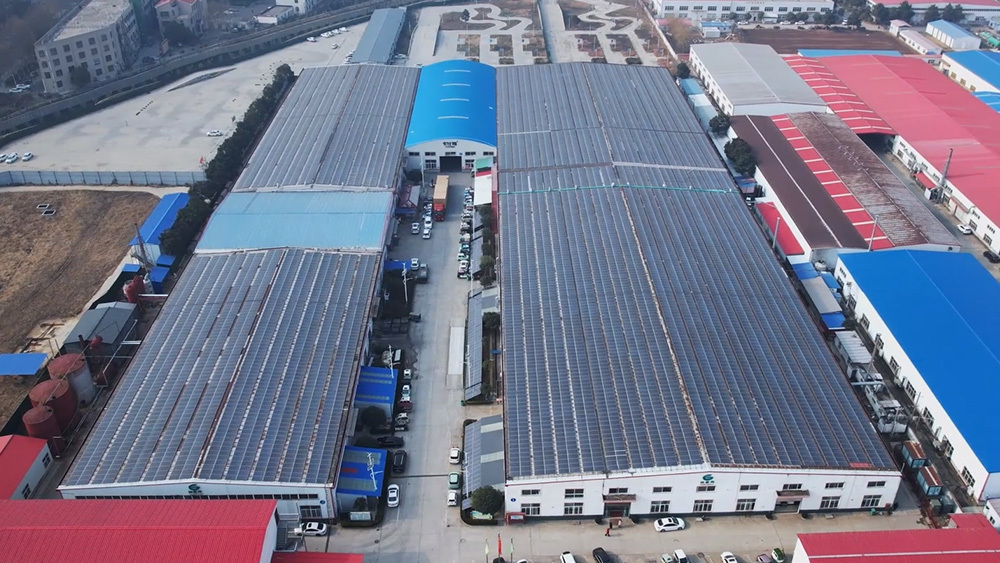Unraveling the Secrets of Industrial Machinery Gear: The Workings Behind the Scenes
这里是标题一h1占位文字
Understanding the Basics of Industrial Machinery Gear
When you think of the backbone of modern industry, industrial machinery gear might not be the first thing that pops into your mind. But boy, is it a game changer! These mechanical marvels are the unsung heroes of factories and workshops, tirelessly working behind the scenes to keep everything running smoothly.
What Is Industrial Machinery Gear?
So, what exactly is this industrial machinery gear we keep talking about? Essentially, it’s a system of components designed to transfer power and motion. Think of it as the heart of a machine, pumping life into every operation. Without it, well, things would grind to a halt!
How Does It Work?
Let’s dig a little deeper, shall we? The workings of industrial machinery gear can be quite intricate. Picture this: gears come in all shapes and sizes, from simple spur gears to complex planetary systems. Each type plays a specific role in the machinery it belongs to. Gears mesh together, allowing one gear's rotation to turn another, effectively changing the speed, torque, and direction of power.
The Benefits of Using Gears
First off, gears improve efficiency. By increasing torque while decreasing speed, they help machines perform better without consuming excessive energy. This is a win-win for manufacturers looking to cut costs and boost productivity.
Moreover, gears reduce wear and tear on machines. By distributing loads evenly, they not only extend the life of the equipment but also minimize maintenance needs. Who doesn’t love a little extra longevity in their machinery?
Types of Gears in Industrial Machinery
Let’s not forget the variety! Here are a few common types:
- Spur Gears: These are the simplest and most common type. They’re great for transmitting motion between parallel shafts.
- Helical Gears: They feature angled teeth, allowing for smoother operation and quieter performance, perfect for high-speed applications.
- Bevel Gears: These are used to change the axis of rotation. They’re often found in applications where space is tight.
- Worm Gears: Ideal for high torque applications, these gears are excellent for reducing speed and increasing power transmission.
The Future of Industrial Machinery Gear
As we step into an era of automation and smart technology, the future of industrial machinery gear looks bright. The integration of IoT (Internet of Things) allows for real-time monitoring and predictive maintenance, making it easier to keep machinery in tip-top shape. Imagine a system that alerts you before a gear wears out—now that’s innovation!
Final Thoughts
In conclusion, the workings of industrial machinery gear are fundamental to the efficient operation of various industries. Whether you’re in manufacturing, construction, or logistics, understanding these components can greatly enhance your appreciation for the machines that drive our economy. So the next time you pass by a factory or a workshop, take a moment to think about the gears working tirelessly within, making it all happen!
Recommended News
Rev Up Your Ride: Essential Tips on Motorcycle Sprockets
Dive into the world of motorcycle sprockets with our essential tips for optimal performance and maintenance!
Unlocking the Gears: The Intriguing World of Motorcycle Sprockets
Discover how motorcycle sprockets work and their pivotal role in your ride's performance.
Unlocking the Power: Applications of Motorcycle Sprockets
Explore the fascinating world of motorcycle sprockets and their vital applications in biking.



